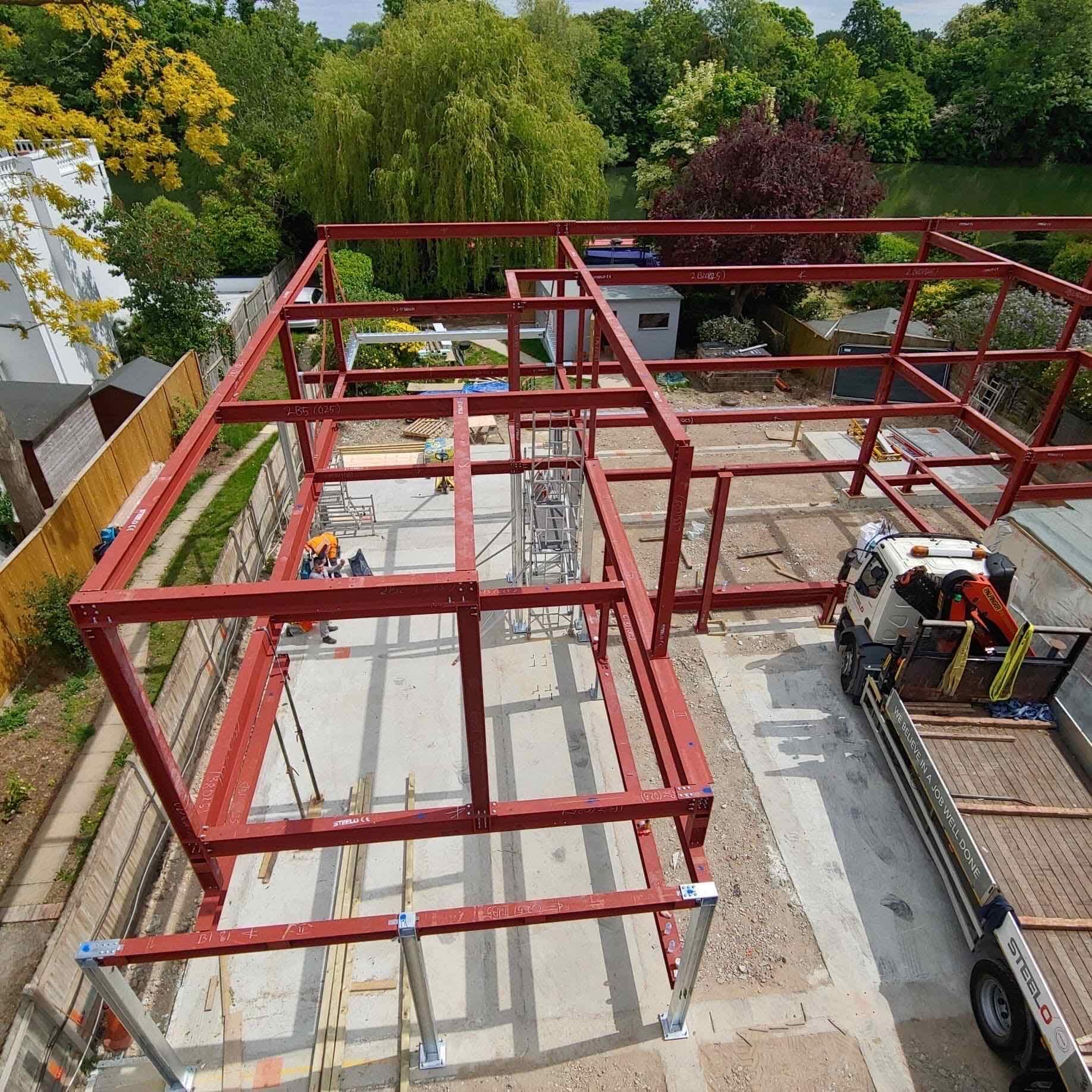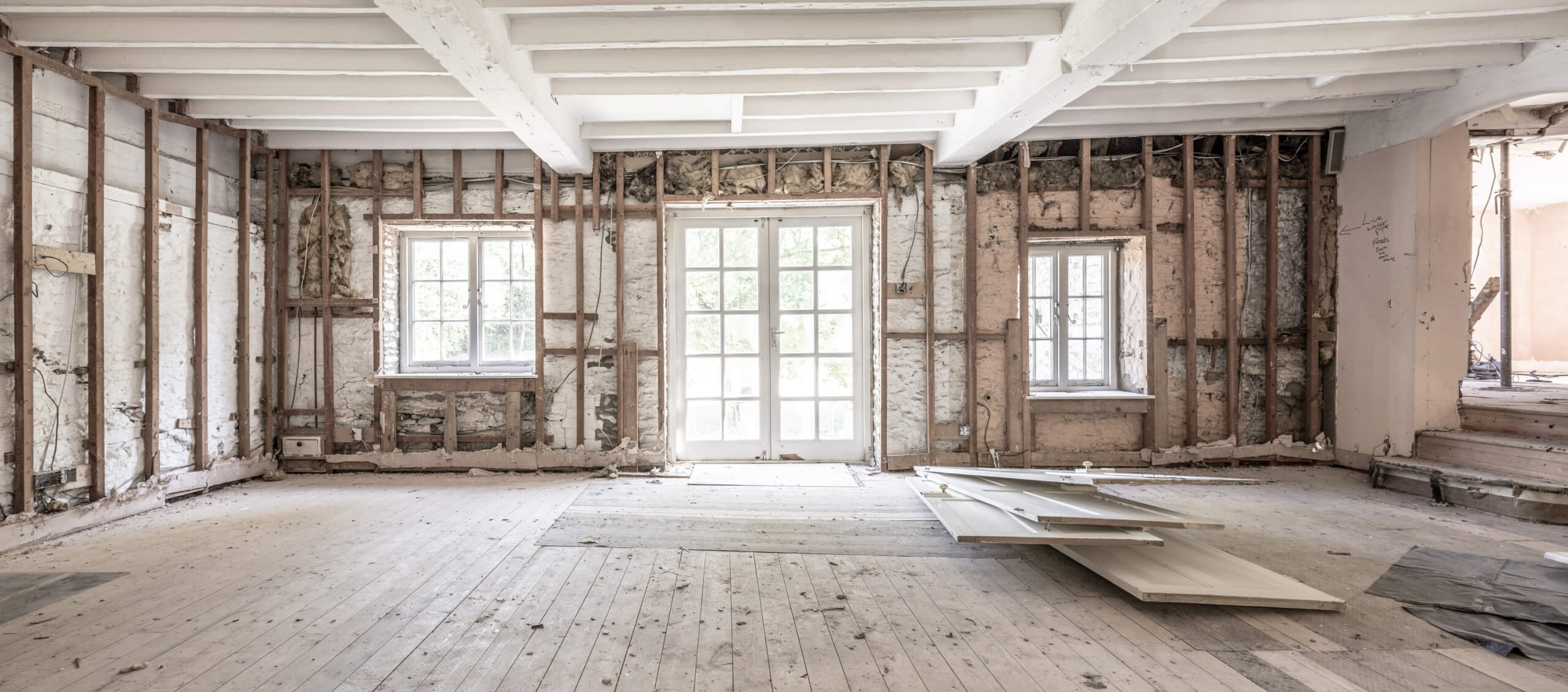
Residential Planning Using New Technology
Planning applications now using virtual methods
During the Covid-19 pandemic, there has been uncertainty as to whether planning applications can still go ahead. However, the encouraging message from the Government and England’s Chief Planner Steve Quartermain is very much to ‘keep planning moving’. This is positive news to those embarking on a project and who are looking to submit a planning application over the coming months. Indeed this suggests that planning from this point onward will embrace more virtual methods.
The Government’s position
The 1972 Local Government Act requires councillors to be present to decide applications. However, the Government’s emergency legislation – Coronavirus Act 2020 – was fast-tracked through both the House of Commons and the House of Lords to receive approval from the Queen. It makes provisions for ‘persons to attend, speak at or vote in, or otherwise participate in, local authority meetings without all of the persons, or without any of the persons, being together in the same place.’
This means that Planning committee meetings now can be held virtually, and in April the retiring Chief Planner Steve Quartermain encouraged local planning authorities to use technology to continue their service and ensure that discussions and consultations can go ahead during the Covid-19 pandemic.
In a letter to local planning departments, Quatermain said that while face-to-face events and meetings may be cancelled, it was important that local authorities continue to provide the ‘best possible service in these stretching times and prioritise decision-making to ensure the system continues to function, especially where it supports the local economy.’ He went on to say: ‘We encourage you to be pragmatic and continue, as much as possible, to work pro-actively with applicants and others, where necessary agreeing extended periods for making decisions.’

Clients’ projects are being taken forward
Encouragingly, through our own work, we are seeing authorities do just this and find innovative ways to enable planning decisions to be reached.
So, for example, whilst planning departments have suspended site visits, a number of Councils including Wycombe, Elmbridge have issued guidance on submitting site-specific, detailed photos to assess applications. This is where technology – including the use of the latest digital design software – and strong working relationships with planning authorities and their support teams – is coming into play.
Submitting planning applications
We are continuing to submit both formal pre-application advice requests and planning applications. We are also working on several other new propositions with a view to getting proposals into planning for residential extensions and replacement new build dwellings.
Our advice for those who are starting a project is that it is both possible and worthwhile to get the planning process started. In fact, it will mean, once we gradually come through the current lockdown restrictions, you will be in a strong position to engage with contractors, and be ready to move onto the next build stage.


A quick FAQ on the current planning application process:
Validation: whilst planning applications may take a few days longer to validate, we are not seeing big delays.
Communication: Planning officers are set up to work from home & have been very responsive by email.
Meeting with Planning Officers: although these aren’t taking place in person, we know various Councils, such as Buckinghamshire Council, are offering to arrange a conference call or organise virtual meetings if appropriate.
Site visits: whilst site visits are not typically being made, Councils have set up work arounds to have planning decisions still be reached.
Time scales: planning applications are still being decided within the statutory timeframe (8 weeks for a householder application) wherever possible.
Some useful links:
https://www.southbucks.gov.uk/planning-service-update
https://www.aylesburyvaledc.gov.uk/section/planning
https://www.westoxon.gov.uk/planning-and-building/coronavirus-planning-and-building/
https://www.wandsworth.gov.uk/planning-and-building-control/coronavirus-impact-on-planning/
http://www.southoxon.gov.uk/services-and-advice/planning-and-building/make-planning-application
Call us on 01844 390 381 to talk about your new project vision.